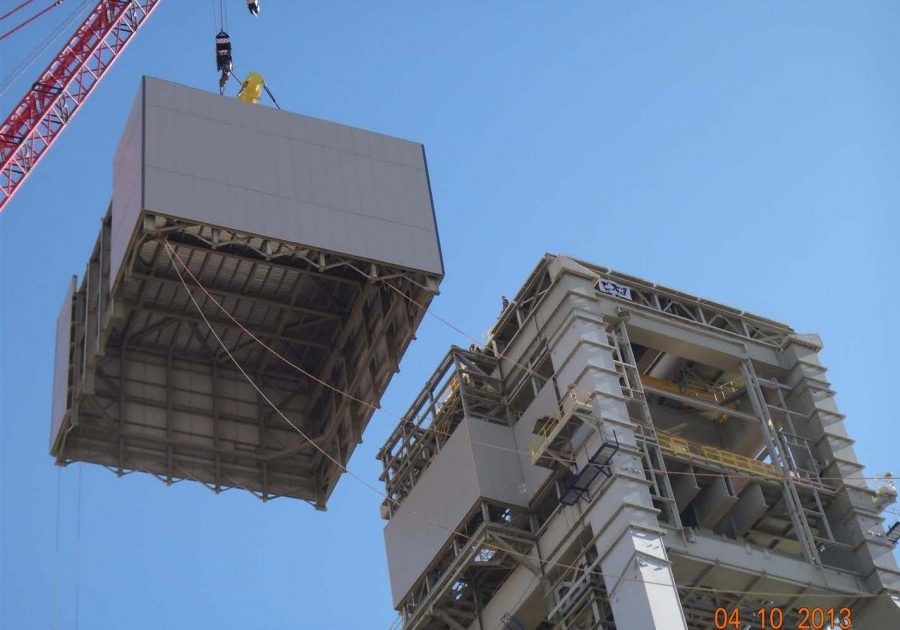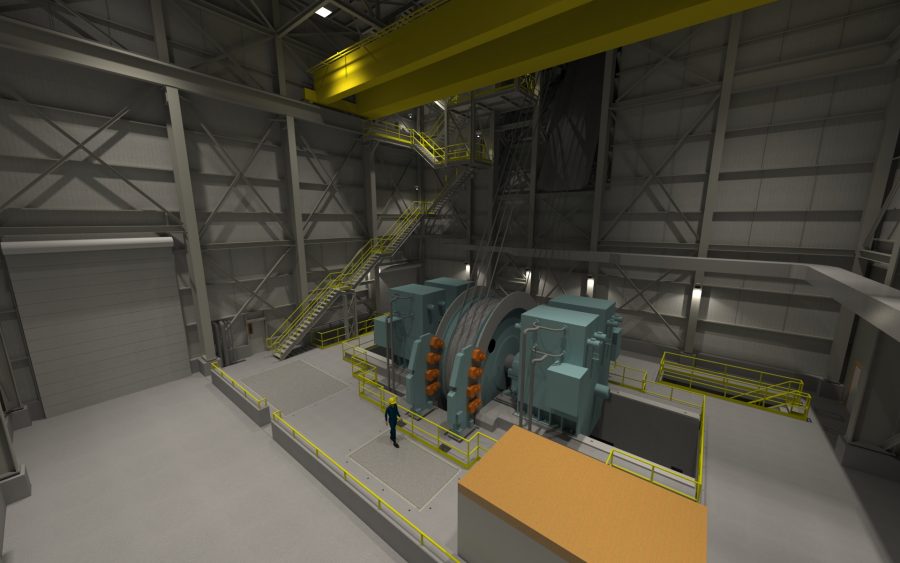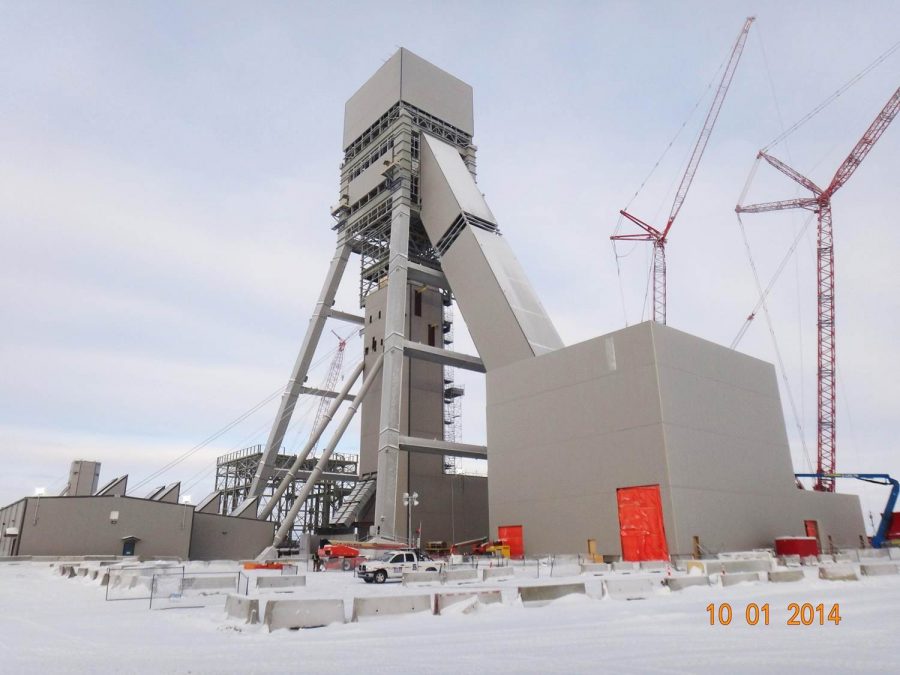Increase mine productivity through better shaft and hoist operation
At their most basic level, underground mines are straightforward operations that dig rock out of the ground and bring it to surface for processing. Yet in reality, an underground mine is far from straightforward or even simple: an efficient mine is finely tuned factory, with moving parts that must all synch-up and work together seamlessly in order for the whole to function efficiently. A shaft and hoist are a critical part of an underground mine and as a result, it is an area where bottlenecks commonly appear.
Squeezing out more tonnage
When increasing production at operating mines, operators often look at upping the shaft and hoist capacity as a means to expand. This was the scenario when a mine in western Canada wanted to increase production by up to 40 percent. Having established that the hoist equipment wouldn’t hinder the capacity increase, Stantec engineers looked at the mine operation itself as to how it might be more efficient.
A key problem was that a diverter chute loading the skips would get blocked due to the large size of the muck (blasted material), so the mine operator decided not to hoist material while there was no personnel underground to monitor the material flow. That meant that hoisting was delayed during central blasting while staff were moved out of and then returned into the mine. This consumed up to three hours per day!
Another problem was the density of some of the ore. Because the ore wasn’t very dense, the skips could only be filled to about 85 percent of their payloads – this reduced the skipping rate and the shaft productivity. Finally, for a number of reasons the skip had to be slowed down through certain shaft areas, eating up valuable seconds.
By identifying opportunities for increased efficiency and then improving how the operations were synched, the mine was able to increase production without spending $10 million for a new hoist or $100 million for a new shaft.
“When we design a shaft and hoisting plant we’ll determine what size of skip is needed, then decide what size of hoist rope is needed to haul that skip. From there, we determine the size of the hoist needed to suit that duty and then fill everything in,” said Morrow. “When upgrading a plant, it’s crucial that to keep that original design intact and every time a piece is bought, built or designed, to double back to that original design and make sure everything still fits together, in the hoist system and with the rest of the mine.”
Feeding the hoist
Another common issue is failing to “feed the hoist” which can result from a lack of storage capacity or poorly aligned schedules. A mine in Sudbury, Ontario had a 500-tonne ore pass feeding the hoist from one mining area. The hoist could run at 200 tonnes per hour. After only a few hours the crew had to switch to a different material type causing change over delays and bottlenecking production from that area. An ore flow simulation allowed engineers to develop and test strategies to overcome the system limitations.
“If you have a 500-tonne ore pass and you can only get hoist capacity every two days, then it’s clear that there is an opportunity to better synch the activities of the mining zones with the shaft,” Morrow said.
Rejigging the design
In brownfield operations, shaft and hoist systems are often in center focus when productivity increases are planned. That happened at a mine in Saskatchewan, where Stantec was asked to re-design the hoist plant so the mine could boost production. The challenge was, the existing shaft and head frame needed to continue operating while the new equipment was constructed.
Because the existing tower-mounted friction hoist and headframe couldn’t handle the higher loads from increasing the skip size from 30 to 45 tonnes and because the mine also couldn’t afford to shut down to rebuild the headframe, an innovative design allowed the mine to build an A-frame structure over the top of the existing head frame. Meanwhile the new hoist was assembled on the ground beside the shaft.
“This was a fast-tracked project because commodity prices were high and everything was going full guns,” Morrow said of the Saskatchewan mine example. “It was really important to be able to shorten the commissioning time as much as possible.”
“By building independently over top of the existing head frame and having the hoist assembled on the ground beside the head frame, the new construction stayed clear of the operating mine,” said Morrow. The shaft shut down for change over and commissioning took only 3 months. The innovative solution reduced downtime at the mine by several months.
If you’re interested in learning more, Stantec’s Jason Morrow will give a presentation on “Managing Risk While Applying Lower Hoist Rope Safety Factors,” on Tuesday, September 26, at the MEMO 2017 conference in Saskatoon. The talk will be held in the Gallery C presentation room, 10:30 to 10:55 a.m.
For more information on Stantec’s services to the mining industry visit www.stantec.com/mining




Comments